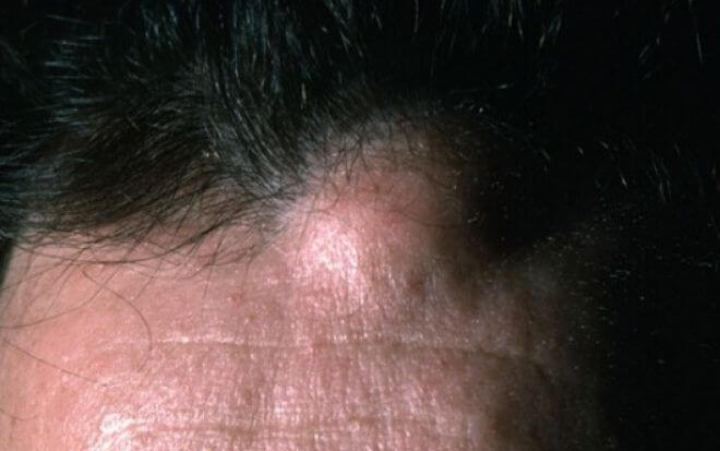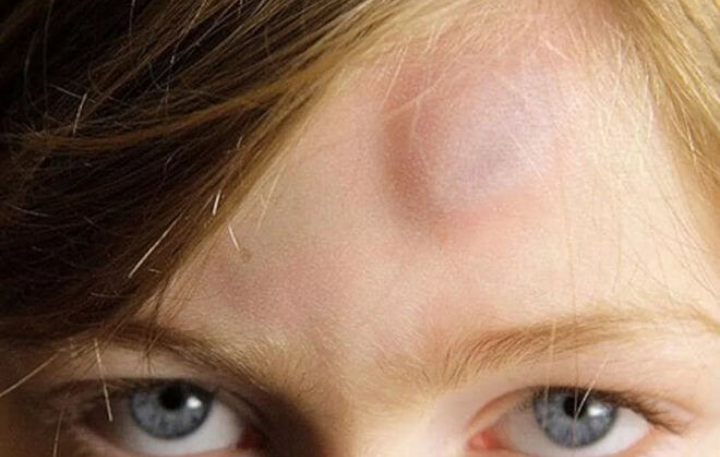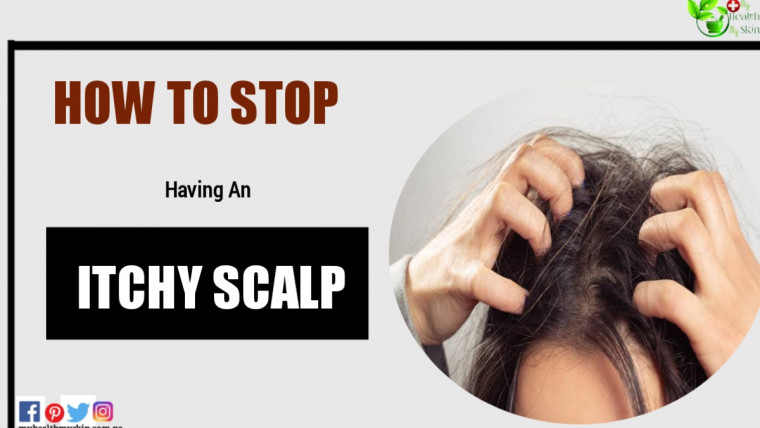Atheroma (sebaceous bump, epidermal cyst, sebaceous gland cyst or sebaceous cyst) is the name for a benign sebaceous gland cyst that grows mainly in the head area although it can also occur in other parts of the body.
Sebaceous cysts, ie sebaceous gland cysts, are usually painless, but they are an aesthetic problem or cause discomfort if they become inflamed.
The size of the lump depends on the amount of fat and the strength of the secretion, and ranges from 0.5 cm and up.

[lwptoc]
What Are Sebaceous Glands?
Sebaceous glands are exocrine glands located in the skin along the root of the hair that secrete sebum.
Fat is an oily or waxy substance that protects the skin from cold and drying, and serves to lubricate and waterproof the skin.
Although most sebaceous glands are located on the face and scalp, they are also found on other parts of the skin, except the palms and soles.
How And When Atheroma Occurs – Causes
Sebaceous atheroma or cyst occurs when the sebaceous ducts become clogged.
Sebum then accumulates inside the gland and a cyst is formed around which a sheath or capsule forms.
Over time, the amount of accumulated sebum increases, the cyst gradually grows and becomes visible as a growth on the skin.
Swelling of the hair follicle located next to the sebaceous gland can also interfere with its discharge and thus lead to the formation of a cyst.
Atheromas occur somewhat more often in men due to oily skin, while, as far as localization is concerned, in women they are more common in the scalp area.
The tendency to acne and increased sweating is also associated with a higher chance of atheroma.
Atheroma – Symptoms
Atheromas, if not inflamed, are painless nodules on the skin ranging in size from 5 millimeters to several centimeters. They are soft or hard to the touch, yellowish or skin-colored.
One or more atheromas may occur. Multiple atheromas are often seen on the scalp in women.
They most often occur in the head area – on the scalp, behind the ears, on the face, eyelids, back of the neck.
They can also occur in other parts of the body, especially in areas where the skin is naturally oily, such as the back area.
Inflammation And Displacement Of Atheroma
Inflammatory altered atheroma is painful, red, with or without visible yellowish contents. The purulent contents of the unpleasant odor fill the cyst and may leak out.
The skin around the inflamed atheroma is warm and red. Inflamed, as well as non-inflamed, atheromas are important not to touch or squeeze.
This can worsen the inflammation, and the condition will not improve, or atheroma can not be cured because the capsule still remains in the skin, which leads to further accumulation of sebum.
Bump On The Head In Children
If you notice a bump on your child’s head, check with your doctor.
Treatment Of Atheroma
The only successful treatment for atheroma is surgical removal.
It is important to emphasize that only atheroma where inflammation is not present can be surgically removed.
Namely, inflamed altered atheroma is primarily treated with antibiotics, either locally (ointments, creams) or systemically (drinking antibiotics). The method of treatment depends on the location and severity of inflammation.
Inflamed atheroma sometimes needs to be “cleansed”. With local anesthesia, a small incision is made in the atheroma and the purulent contents are removed, with or without drainage.
This is not the final solution because it does not move the capsule or gland and it is possible to re-accumulate fat and create a “bump” with or without inflammation.
Atheroma without inflammation is effectively treated by surgically, under local anesthesia, removing the complete contents, with a capsule.
If the wound is sutured, the sutures are removed in 5-7 days. Recovery is quick, and no special postoperative care is needed.
Removal is done with a referral, from a surgeon who will be referred to you by your family doctor. A hospital stay is not required.
You can also remove atheroma privately in various clinics. Prices range between 700 and 1000 kn, and the price increases if a larger number of atheromas are removed.
Bump On The Head – Other Causes

A bump on the head is most often the result of mild or severe trauma or injury.
As already mentioned, atheromas (those without, as well as those with inflammation) are often found on the back of the neck. But folliculitis, boils and carbuncles are also common in the area. Folliculitis is an inflammation of the hair follicles.
If the inflammation affects deeper tissue or more follicles, a boil occurs. A carbuncle is a cluster of boils that are interconnected.
“Bumps” on the back of the head can also be enlarged lymph nodes.
In addition to atheroma, xanthelasmas also occur on the eyelids. Xanthelasmas are due to the accumulation of lipid material in the subcutaneous tissue of the upper and lower eyelids. They may or may not be associated with lipid disorders.
Many atheroma mixed with lipoma. Lipoma is the most common benign soft tissue tumor that arises from fat cells. These are softer or harder protrusions, round or oval in shape, of different sizes and localizations.
For every new bump on the head, be sure to contact a doctor because there are many reasons for its occurrence and some can be a serious health problem. Do not touch, squeeze or treat it “on your own”. To see more post on Beauty & Skin Care click here.

Does Bump (Atheroma, Sebaceous Gland Cyst) On The Head Bother You A Lot On A Daily Basis? Do You Want To Test Any Of The Above Home Treatment? Comment Below!






